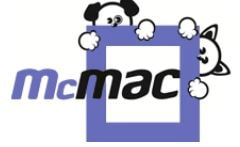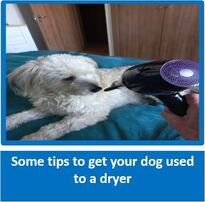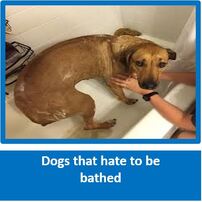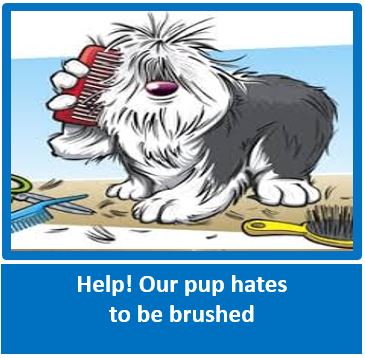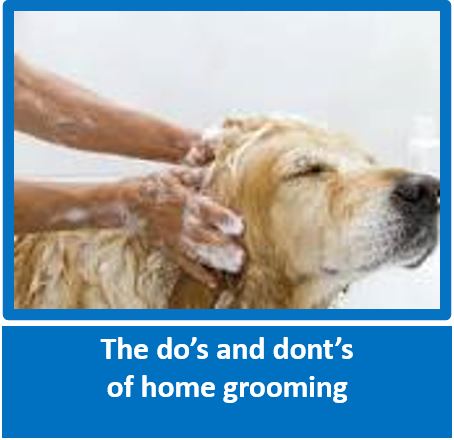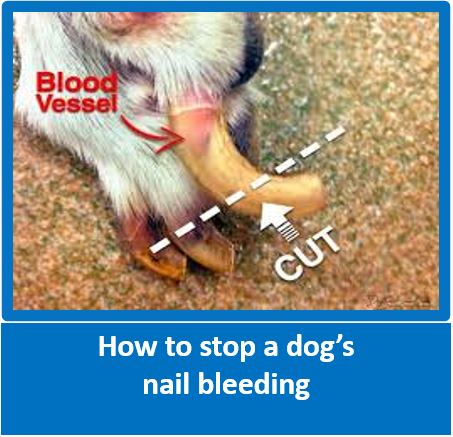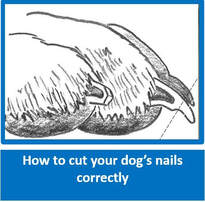|
Whether you are looking for professional grooming tools or want something for your own pet, we have a large range to choose from. We have the Moult Stopper range which is a professional de-shedding tool, the Salon Grooming Self-Cleaning Slicker Brush, a variety of brushes and combs, nail clippers and so much more. We even have the Aquapaw, which keeps your dog busy licking in the bath, and so many more options. All top quality equipment. Do have a look at our website for more information. www.mcmac.co.za
|
Is It Really Necessary to Bush and Comb My Dog?
by Friends of the Dog
by Friends of the Dog
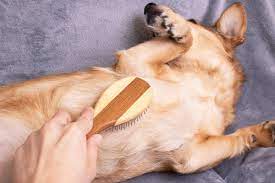
Even when you have a short haired dog that rarely sheds, brushing and combing are essential parts of maintenance where your dog is concerned. This helps to keep the coat healthy, promotes oil stimulation in the coat and skin, removes dead and dry skin, removes dead hairs and prevents tangling.
When you are brushing, you will be able to notice any suspect lumps and bumps, especially in the areas you don’t normally touch on a daily basis, which could go a long way – by early detection of lumps and bumps, you can make sure with your vet that not malignant, and this could lead to saving your dogs life. You will also be able to see if there are any tics on the skin, especially important for dogs that walk in the veld or long grass, and you can see if there are any fleas that may indicate that your pest prevention procedure needs renewing.
How often
Each dog and breed will be different depending on the type of coat, but a good guide as to when to get stuck in is:
- Weekly or bi-monthly
- When shedding on the floor, chairs or blankets starts to become noticeable, or if hair comes onto your hand when patting and stroking your dog.
- Always a good idea to groom before a bath as easier to get the tangles out, and again when the coat is dry.
- If your dog enjoys swimming (best to rinse with a hose pipe first to get rid of the chlorine first if in the pool), do after the coat is dry.
- If he has been caught in the rain, when the coat is dry.
How To:
If your dog does not like to be brushed, never call him to be brushed - this is a sure way of messing up your recall. Rather, hiding the brush behind your back, go up to where he is and using plently of praise and treats, let know he is in for a lovely brush and bonding time, by letting him sniff the brush, and as you start, reward him with both praise and treats to make the procedure even more positive.
Keep your sessions short initially if your dog is not sure about the process, and gradually build them up.
If either you or dog are not coping, have a break before you both get frustrated, and either refer to our article below on getting a dog used to being brushed in a force free, rewarding manner. Even though the article is aimed at pups, the same procedure can be used for adult dogs. Using this method it is possible, working slowly and offering positive reinforcement, for any dog to overcome its dislike of being brushed.
If you start getting frustrated, stop and come back to it later. Remember to keep it positive and fun, and take your dog to a professional groomer if needed.
 Slicker Brush
Slicker Brush
What equipment you use will really depend on your dog’s coat, however, we have found that for the majority of breeds, starting with a Slicker Bush which is used by professionals. These are ideal for maintaining the coats of dogs, and also cats and small animals. The brush comprises of a wide paddle head with fine wire pins which smooth and de-tangle the hair. They are great for de-matting and getting rid of unwanted hair, and can actually reduce moulting with regular use. A tool such as this allows you to both brush and comb at the same time.
When going over sensitive areas such as armpits, mouth and around the eyes and the tail, do be gentle as your dog is more likely to both being injured if you go to hard, and also a lot more likely to object!
Additionally, if your dog is taught to enjoy being groomed, it really becomes a lovely bonding exercise.
We have inserted some article links below in the event you may need help with the grooming process.
When going over sensitive areas such as armpits, mouth and around the eyes and the tail, do be gentle as your dog is more likely to both being injured if you go to hard, and also a lot more likely to object!
Additionally, if your dog is taught to enjoy being groomed, it really becomes a lovely bonding exercise.
We have inserted some article links below in the event you may need help with the grooming process.

